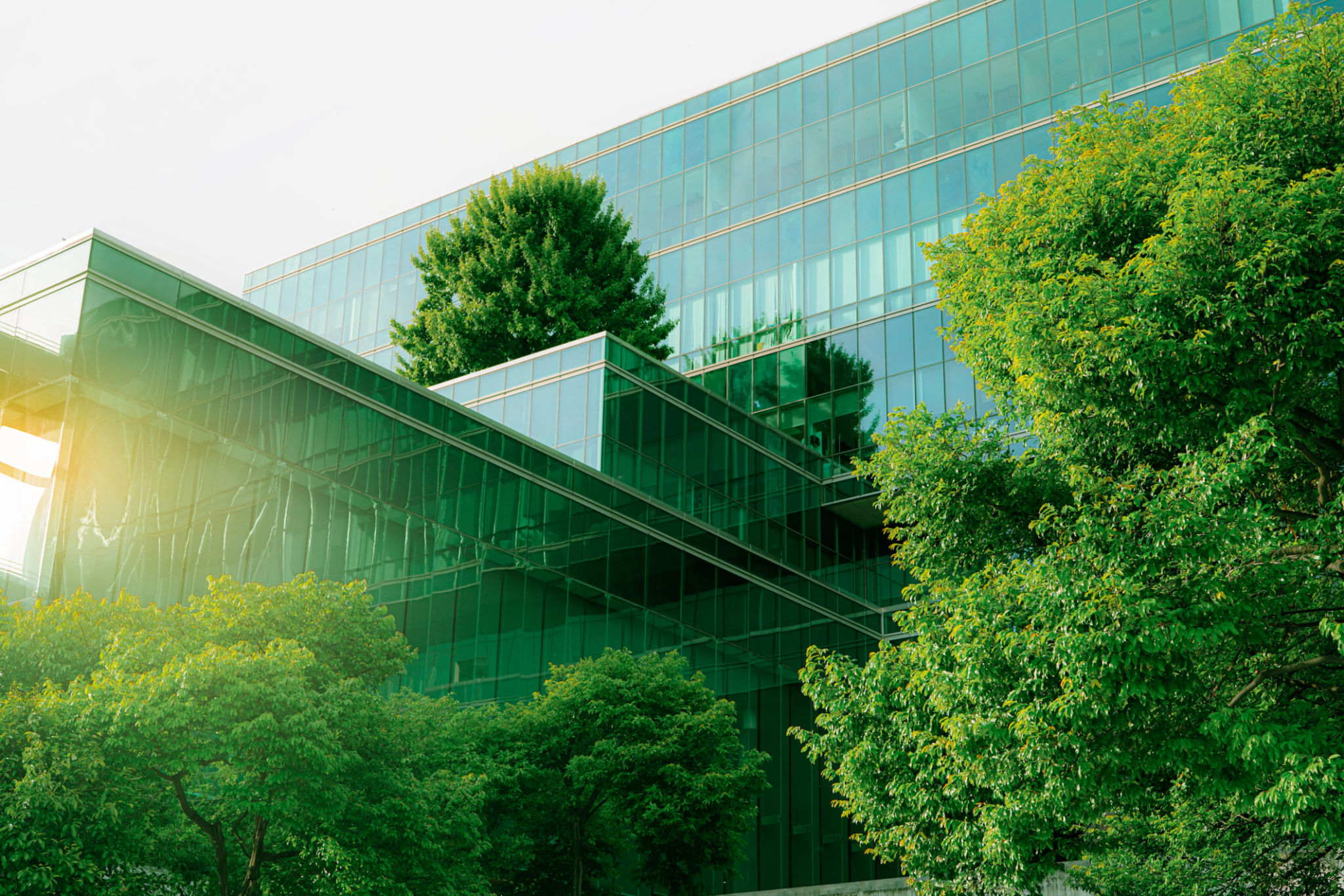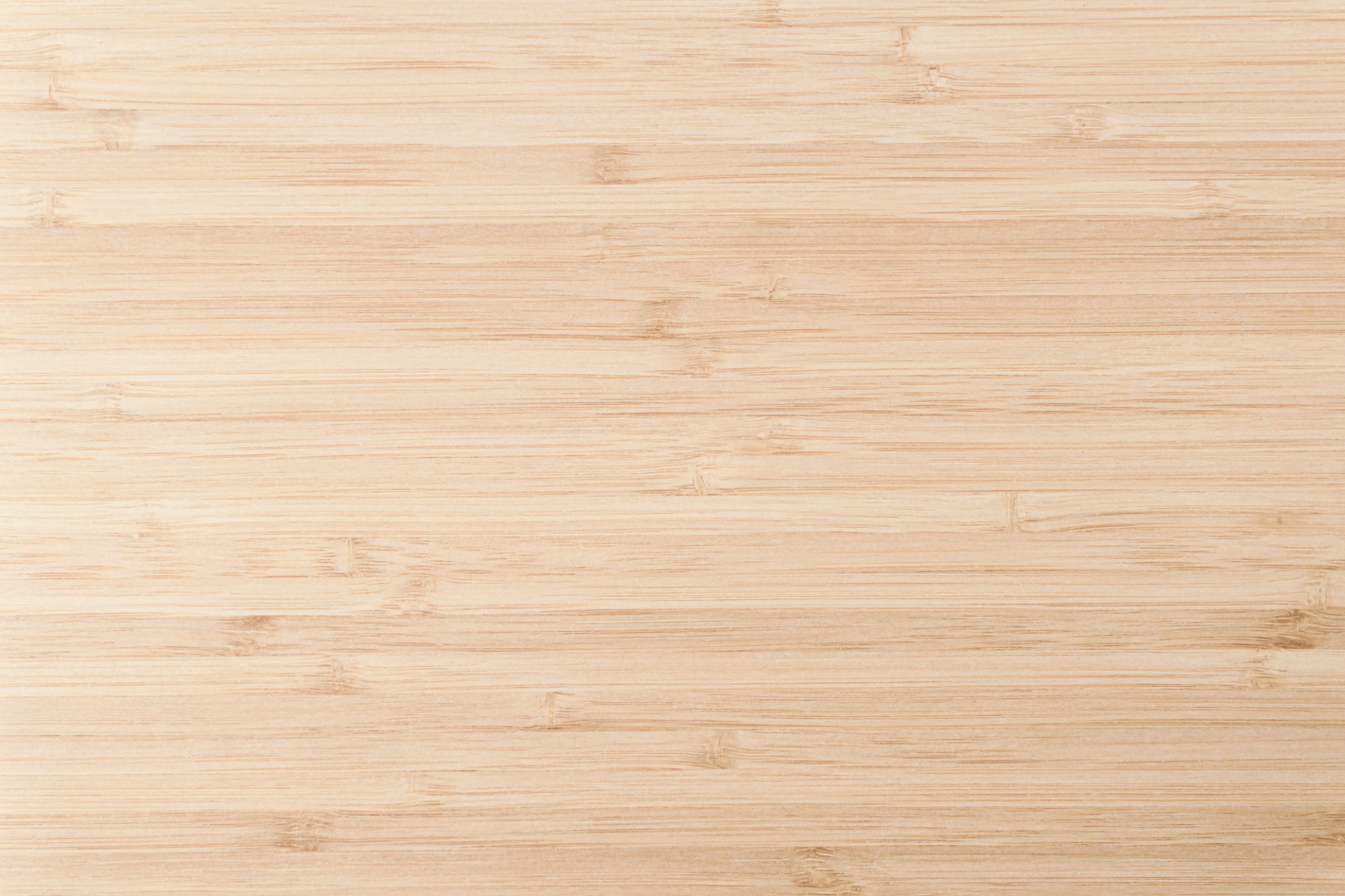Eco-Friendly Building Materials: A Guide to Sustainable Home Renovations
Introduction to Eco-Friendly Building Materials
In recent years, the demand for eco-friendly building materials has surged, as more homeowners seek sustainable options for their renovations. Whether you're remodeling a single room or your entire home, choosing the right materials can significantly impact the environment and your living quality. Understanding what makes a material eco-friendly is the first step towards a green home.

What Makes a Building Material Eco-Friendly?
Eco-friendly building materials are those that have a low environmental impact throughout their lifecycle—from production to disposal. These materials are often sourced sustainably, have minimal carbon footprints, and are non-toxic. They can include recycled, reclaimed, or renewable resources, ensuring that the construction process contributes positively to the environment.
Several factors contribute to the sustainability of building materials:
- Sustainability: Materials derived from renewable resources or that can be recycled.
- Energy Efficiency: Products that help reduce energy consumption.
- Low Emissions: Materials that emit fewer volatile organic compounds (VOCs).
Popular Eco-Friendly Building Materials
One of the most popular eco-friendly building materials is bamboo. Known for its rapid growth rate and durability, bamboo is an excellent alternative to traditional hardwoods. It's versatile and can be used for flooring, cabinetry, and even structural elements.

Recycled steel is another sustainable option, perfect for framing and structural support. It requires less energy to produce compared to new steel and is equally strong and versatile. Additionally, reclaimed wood offers a rustic charm and reduces the demand for new timber, preserving forests and biodiversity.
The Benefits of Using Eco-Friendly Materials
Opting for eco-friendly building materials comes with numerous benefits. Firstly, they often lead to lower energy bills due to better insulation properties and energy efficiency. Additionally, these materials enhance indoor air quality by reducing exposure to harmful chemicals and allergens.

Moreover, homes built with sustainable materials tend to have higher resale values. As environmental awareness grows, potential buyers are increasingly looking for properties with green credentials, making your home renovation a valuable investment.
Implementing Sustainable Practices in Renovations
To maximize the benefits of eco-friendly building materials, it's essential to implement sustainable practices during your renovation. This includes minimizing waste by accurately measuring materials needed and recycling any excess. Additionally, consider using low-VOC paints and finishes to further improve air quality.
Working with contractors experienced in sustainable building can also ensure that your renovation aligns with best practices. They can provide guidance on sourcing materials locally to reduce transportation emissions and suggest innovative ways to incorporate green technologies.
Conclusion
Embracing eco-friendly building materials in your home renovations not only benefits the environment but also enhances your living space's quality and value. By understanding the options available and implementing sustainable practices, you can create a healthier and more efficient home. As you plan your next renovation project, consider how each choice impacts the planet and future generations.